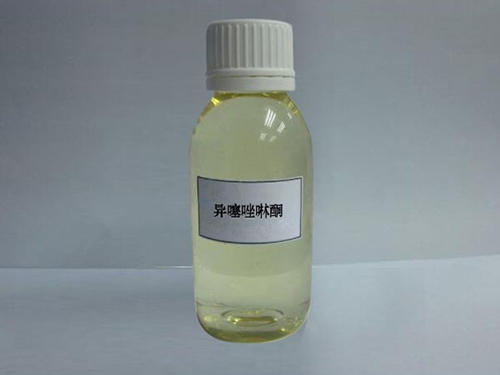Exploring the Properties and Applications of PBTC Chemical in Industry
Understanding PBTC A Key Chemical in Water Treatment and Scale Inhibition
PBTC, or Phosphonobutane-1,2,3-tricarboxylic acid, is an important compound in the field of water treatment, particularly renowned for its effectiveness in scale inhibition and corrosion control. With increasing industrial activities and the corresponding demand for clean water, the significance of PBTC has risen tremendously. This article aims to provide a comprehensive overview of PBTC, its chemical properties, applications, and environmental implications.
Chemical Structure and Properties
PBTC is a phosphonic acid derivative, characterized by its unique molecular structure, which includes multiple carboxylic acid groups. This structure grants PBTC its high affinity for various metal ions, especially calcium, magnesium, and iron, making it an effective chelating agent. The ability to form stable complexes with these ions prevents the precipitation of scale-forming minerals in water systems. The molecular formula of PBTC is C7H11O9P, and its molecular weight is approximately 226.13 g/mol.
PBTC is soluble in water and exhibits a high stability over a wide range of pH levels, which makes it suitable for various applications in different environments. Additionally, it is non-toxic and biodegradable, making it a preferred choice in eco-friendly formulations.
Applications in Water Treatment
One of the primary applications of PBTC is in water treatment processes, specifically for cooling water systems in industrial applications. These systems are prone to scaling due to the concentration of minerals in the water, which can lead to reduced efficiency and increased operational costs. PBTC acts as a scale inhibitor, preventing the formation of troublesome scale deposits on heat exchangers and other surfaces.
In addition to scale inhibition, PBTC also provides corrosion protection. By forming a protective layer on metal surfaces, it reduces the oxidative wear associated with high temperatures and aggressive chemical environments. As a result, PBTC not only prolongs the life of equipment but also reduces maintenance costs and increases operational efficiency.
Beyond industrial applications, PBTC finds use in municipal water treatment facilities where it helps maintain water quality by preventing the formation of harmful scale deposits in pipes and treatment units.
pbtc chemical pbtc

Environmental Considerations
The growing emphasis on sustainability in industrial processes has drawn attention to the environmental properties of chemicals like PBTC. Its biodegradability and low toxicity position PBTC as a more environmentally friendly alternative compared to traditional phosphate-based scale inhibitors. This is particularly important in an age where regulatory bodies are increasingly scrutinizing chemical pollutants in water bodies.
Nonetheless, while PBTC is generally considered safer than conventional chemicals, proper dosing and management are crucial to ensure that it does not lead to unintended ecological consequences. Monitoring systems should be in place to assess the impact of PBTC on aquatic ecosystems, particularly in sensitive environments.
Future Prospects
As industries evolve and the demand for efficient, sustainable solutions increases, the role of PBTC in water treatment is likely to expand. Research and development efforts focusing on enhancing its efficacy, reducing costs, and improving its environmental footprint are already underway. There are ongoing studies aimed at exploring new formulations and combinations of PBTC with other eco-friendly agents to maximize performance while ensuring safety.
Furthermore, with the global push towards reducing the use of harmful chemicals in various sectors—ranging from agriculture to manufacturing—PBTC’s role could become even more prominent. Industries are gradually moving towards greener practices, and substances like PBTC provide a means to achieve these goals without sacrificing performance.
Conclusion
In conclusion, PBTC is a versatile chemical that plays a critical role in water treatment applications, especially in scale inhibition and corrosion control. Its favorable chemical properties, coupled with its environmental advantages, position PBTC as a vital component in modern industry and sustainability initiatives. As research continues and industries strive for more eco-friendly solutions, PBTC is set to remain a key player in shaping the future of water treatment.
-
Water Treatment with Flocculant Water TreatmentNewsJun.12,2025
-
Polymaleic AnhydrideNewsJun.12,2025
-
Polyaspartic AcidNewsJun.12,2025
-
Enhance Industrial Processes with IsothiazolinonesNewsJun.12,2025
-
Enhance Industrial Processes with PBTCA SolutionsNewsJun.12,2025
-
Dodecyldimethylbenzylammonium Chloride SolutionsNewsJun.12,2025





